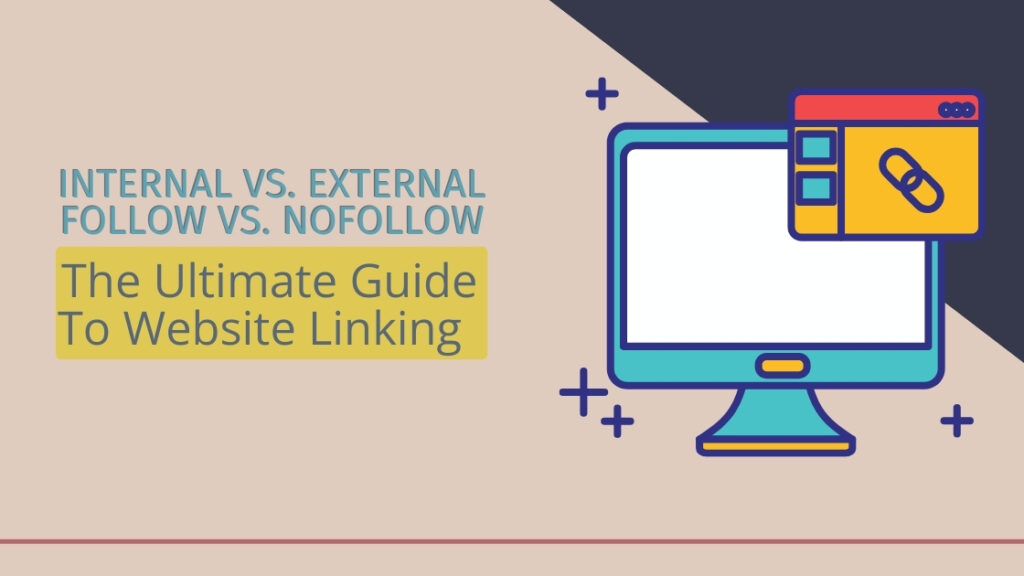Why You Need a Mission Statement for Your Business (and How to Create One)

Written By: TaKenya
Published: May 20, 2022
Modified: September 3, 2024

The links in this post may be affiliate links. That means that if you click them and make a purchase, this site makes a commission. It will have no impact on the price you pay or the experience of your purchase.

A mission statement helps keep your business focused on the right goals, and it helps you and your team stay motivated through challenges or setbacks. This will help walk you through the steps to create one with maximum effect on your employees and customers.
What is a mission statement?
A mission statement is an essential part of any business plan. It tells you, your employees, and ultimately your customers who you are and what you stand for. In addition, a mission statement can be a powerful tool to align everyone within your company on one vision.
A good mission statement is also helpful when trying to figure out what your business is. If you don’t know where you’re going, how will you know when you get there? Does your company doesn’t have a clear sense of direction? Because it will be challenging to keep everyone moving in that direction.
If your business doesn’t have a mission statement, it may be time to create one.
The three things you need to include in every mission statement
Your mission statement should inform others about:
- What you stand for?
- What you do?
- Who do you do it for?
Ideally, you’ll keep your mission statement concise. It should be no more than one or two sentences that explain who you are and what you do.
Some additional questions you’ll want to consider when developing your mission statement:
- What sets your company apart from everyone else?
- What problems do you solve?
- Why should someone care?
What do you stand for?
This step is critical. What do you stand for? How will people know you’re different from your competitors?
This question aligns with your core values, which define what you value most. If you can’t answer these questions in one sentence or less, then you might want to take some time and think about it.
If you have trouble getting started, try answering these three questions:
- What do I believe? Do you believe that businesses have a social responsibility? Share that.
- What am I passionate about? Are you fueled by seeing other women’s success materialize? Share that.
- What do I care about? Do you care about people having access to affordable pet services for their animals? Share that.

What do you do?
It might seem silly, but clearly defining what your business does is important. Try to sum up what your company will do and be known for in just one sentence. It could be we make amazing burgers or design award-winning websites—whatever it is, have fun with it! Then take it a step further and find ways to show that in your content.
Ultimately, every company and every brand is unique. So this should also share what sets you apart.
It doesn’t matter if you sell potato chips or make business software—you should have something unique and important to communicate about your company.
Who’s your customer?
When crafting your mission statement, the person you’re trying to sell to, also known as your target audience, should be at the forefront of your thoughts.
Having a customer persona allows you to speak directly and convincingly with them and keep them top of mind when it comes time to launch. It also gives you an idea of whether or not they’ll be receptive to your product or service. Because we all know that getting someone excited about a product is easy, but getting them enthusiastic enough about it to part with their money can be challenging.

The five steps to writing an effective business mission statement
- Think big picture–then get specific
- Focus on your customers
- Clearly identify what makes you different
- Avoid jargon
- Be positive and energetic about your message
Business mission statements don’t have to be complicated. However, many entrepreneurs say they wish they had written their statement more simply.
Think big picture–then get specific
A mission statement is an essential part of starting or running any business. A good one can help you prioritize, connect with your employees and customers, and give your company direction. And while there’s no right way to write one, we recommend thinking big picture before getting too specific: What do you want your company to accomplish? Why does it exist?
To start, ask yourself questions like:
What do you want your company to accomplish? What’s its purpose or cause?
For example, if your business is a nonprofit, your mission statement might be improving access to education for underprivileged children.
If you run a retail store, it might be offering clothing and accessories in our community.
What value do you offer customers? Why should they choose your business over another?
Focus on your customers
In today’s world, it’s easy to get caught up in what we’re doing and how we’re doing it. When that happens, we forget why we started doing it.
As an entrepreneur or business owner, you are supposed to provide solutions or solve problems. So when creating your mission statement, you need to keep your eye on that ball. Make sure it aligns with what you’re trying to achieve. Are you saving money for customers? Giving them more time? What are you doing for the people you intend to serve.
Think of your business as a customer-centric company. That means everything you do should be with your customers in mind. Always ask yourself, What’s best for our customers? and try to answer that question with each decision you make. If you can keep that focus, your customers will notice—which means they’ll like doing business with you more, and your business will grow into something much bigger than it was initially envisioned.
Identify what makes your company different
In an age where almost anyone can have an online presence, how will you stand out from competitors and gain consumers’ trust?
Knowing what your company does is one thing, but it’s also essential to think about why it does what it does.
Is your business socially conscious?
Does it use eco-friendly practices?
Is there a cause or charity you support through your products or services?
Whatever makes your company different, make sure that you have a place on your website where customers can learn more about it—they will appreciate knowing what sets you apart and encourage others to do business with you.
It may seem like stating your business’s purpose and goals is a no-brainer, but many entrepreneurs forget what really makes their business unique. So before creating your mission statement, you need to ask yourself some tough questions about your business’s strengths and weaknesses in relation to competitors.
Avoid jargon
If you’re an established business or a well-known brand, you can get away with using jargon in your mission statement. However, if you’re new to the game or operating on a smaller scale, avoid buzzwords and use clear and straightforward language. Use strong language that captures who you are and what you do.
If you are in the business of programming, then maybe you know what PHP, CSS, and C++ are. But your clients who need a programmer may not know what you are talking about.
Be mindful that just because a person or business needs your services, they don’t understand all the intricate details, including the language you use within it.
To create a good mission statement, be sure to avoid any business jargon that your clients may not understand. Please keep it straightforward.
Read your mission statement out loud several times; if it doesn’t sound compelling, change it up until it does.
Bring the energy
How can you expect potential customers to get excited about your business if you are not?
Be excited and use energetic language in your mission statement. Include words like passionate, innovative, extraordinary, or sensational. Remember, if you aren’t feeling it, neither will anyone else!
Examples of excellent business mission statements
I have put together a list of excellent business mission statements from some of your favorite companies for inspiration. I think these are examples worth checking out.
If you look at any one of them, you will see that it has seven standard components:
Purpose
The purpose inspires people who work there and what motivates consumers to buy from them. Therefore, it should be aspirational but also realistic and achievable.
Customers
This section highlights why customers love their brand or product. It explains how they make their customers’ lives better by solving a problem or satisfying an unmet need.
Employees
This section clarifies why employees want to work for your company and encourages top talent to apply. The more specific you can be about what kind of person would thrive in your organization, the more likely you’ll attract candidates with those qualities.
Products/services
Here, tell potential partners and investors what products or services your company offers and how they deliver value to customers.
Culture
Explain why people would want to work with your company—not just as employees but as clients—and share details about perks like free food, flexible hours, options for working from home, etc.
Your mission statement = Alignment
Alignment begins with your mission statement. Start there and then find alignment in three other elements of your business: values, goals, and priorities.
Alignment isn’t something you create once—it’s a continuous process that helps move your business forward. So don’t be afraid to update it when needed.

TaKenya
A life and business coach at TaKenya Hampton Coaching, owner of Studio117 Creative, and the girl behind the stove or drill at the Kenya Rae Blog. A total WordPress geek and lover of systems that help businesses run smoothly. My goal is to make things look good, work well, and help business owners reach their full potential—whether they’re working solo as a solopreneur or with a team.





